TrickAir skis feature carbon-fiber strength and an aerodynamic shape that mimics a wing, giving you confidence to take off and land with ease in the backcountry wilderness. Combined with quick installation and a wheel-penetration design that gives you flexibility to operate on both snow and pavement, TrickAir skis offer performance and simplicity like no other.
The superior engineering behind our patented design is the result of thousands of man hours spent designing, testing, and adjusting. TrickAir prides itself on providing products with exceptional performance and ease of use.
Our wheel-penetration skis – the lightest on the market – give you flexibility to operate on both snow and pavement without the added weight and complexity of hydraulic skis. Taxi straight from the hangar or gas pump, take-off from pavement or grass, and land on a bed of snow without making adjustments
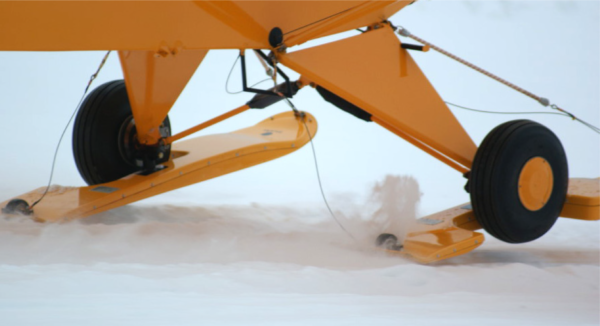
Built using modern materials, TrickAir skis are aerodynamic, lightweight, and strong.
FAA Supplemental Type Certificates (STCs) are approved for more than 100 aircraft models. Visit our Products Tab for a dropdown tool to determine if TrickAir skis are approved for your specific aircraft.
TrickAir has STCs for the following aircraft types:
TrickAir skis are easy to install and can be mounted or removed by one person in under 20 minutes. No lifting of the airplane is required. Tires need not be removed. The only tools needed are a wrench and pliers. Your mechanic completes the initial STC installation using either a spring gear or strut gear installation kit specific to your aircraft.
Once the STC installation kit is completed, you can easily attach or remove the skis with only a logbook entry.
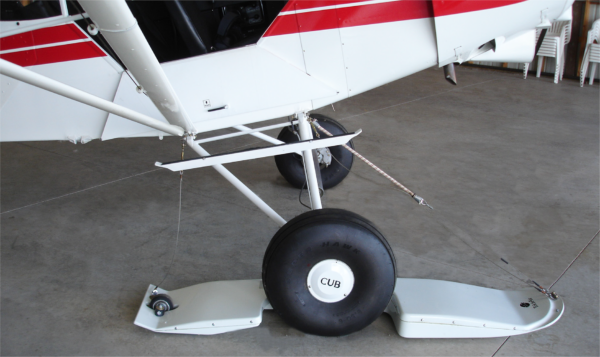
For aircraft with spring gear, such as Cessna Maule, Stinson, and American Champion, a mechanic attaches the provided ski axle to the gear with bolts. No welding is required. The ski axle is inserted into the ski pedestal and secured with a nut.
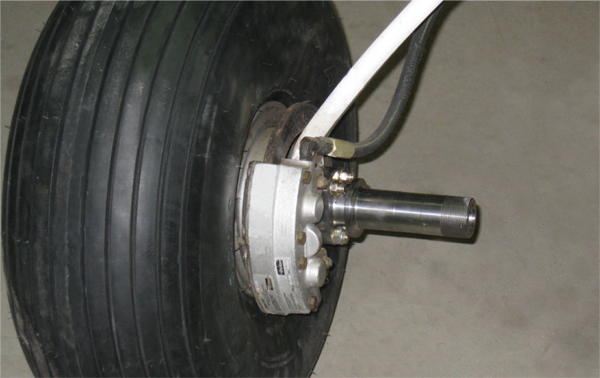
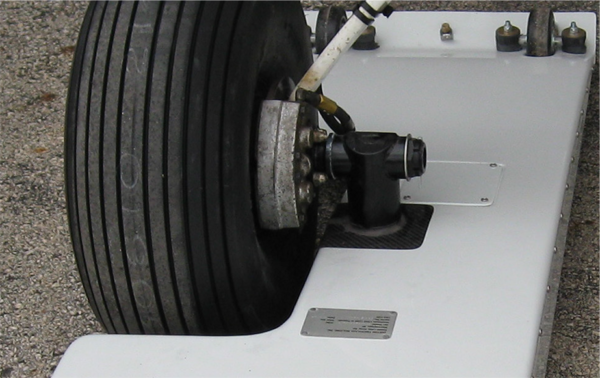
For aircraft with Oleo Strut gear, such as Maule; Cub, SuperCub and Pacer; and Aviat Husky, a mechanic welds the provided ski attachment bracket to the landing gear. After the welding is completed, the area can be cleaned and coated with epoxy primer and painted as desired. The ski attaches to the welded bracket with a bolt through the ski pedestal assembly.
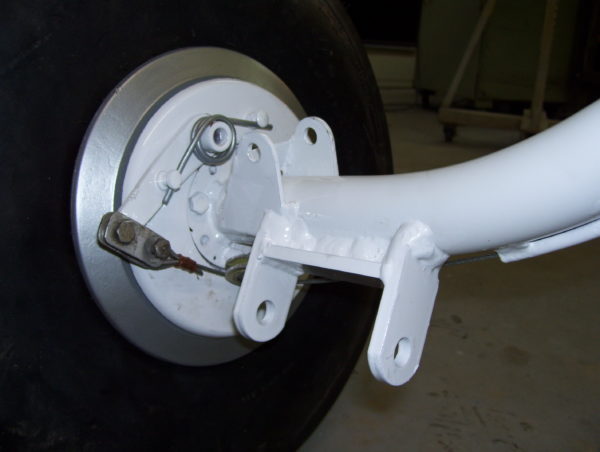
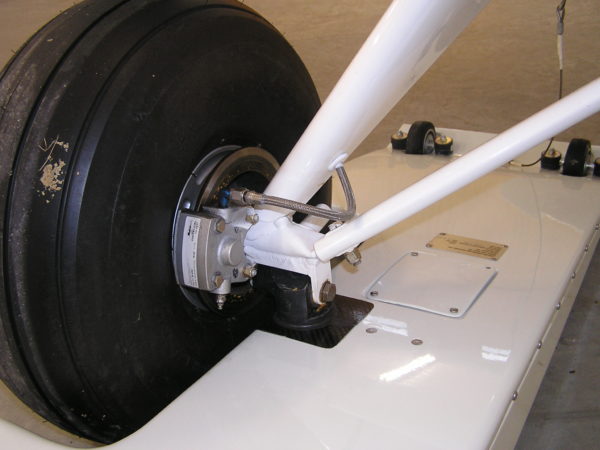
Front and rear cable assemblies are attached to the ski via tangs or brackets welded or bolted to existing aircraft infrastructure, such as steps or engine mounts.

Although installation time varies by the type of aircraft and experience of your installing A&P, we have found that first-timers can do an initial install in six to eight hours.
Q: Do I need an A&P to take my skis off and on after the initial install?No. As the pilot/owner, you put on or take off the skis yourself. You will need to make a
logbook entry upon completion.
In most cases, everything needed is included in the kit for a standard aircraft setup. Exceptions would be tires if you do not have the proper size, gear leg shims, or parts for any other nonstandard aircraft modifications.
Q: What size tires do I need?TrickAir Sport 1500 Skis work with 6.00-6 or 8.00-4 tires. TrickAir Explorer 2250, Alaskan 2500, and the Alpine 3000 Skis are approved for 8.50-6 tires only. TrickAir ski testing has been performed with Air Trac (formerly known as McCreary Air Trac) and Goodyear tires, both of which can be found in an Aircraft Spruce catalog.
Q: Will my wheel penetration ski perform better if I remove the wheel and use the ski like a straight ski?No. The TrickAir wheel penetration ski is designed to have the wheel in place at all times. By removing the wheel, surface area and fairing effect is lost. Removing the wheel provides no gain in performance. However, through testing, we have found that flattening the tires to a minimal air pressure can decrease takeoff runs by as much as 15-20% depending on conditions.